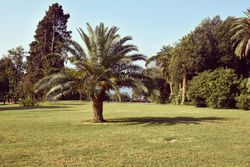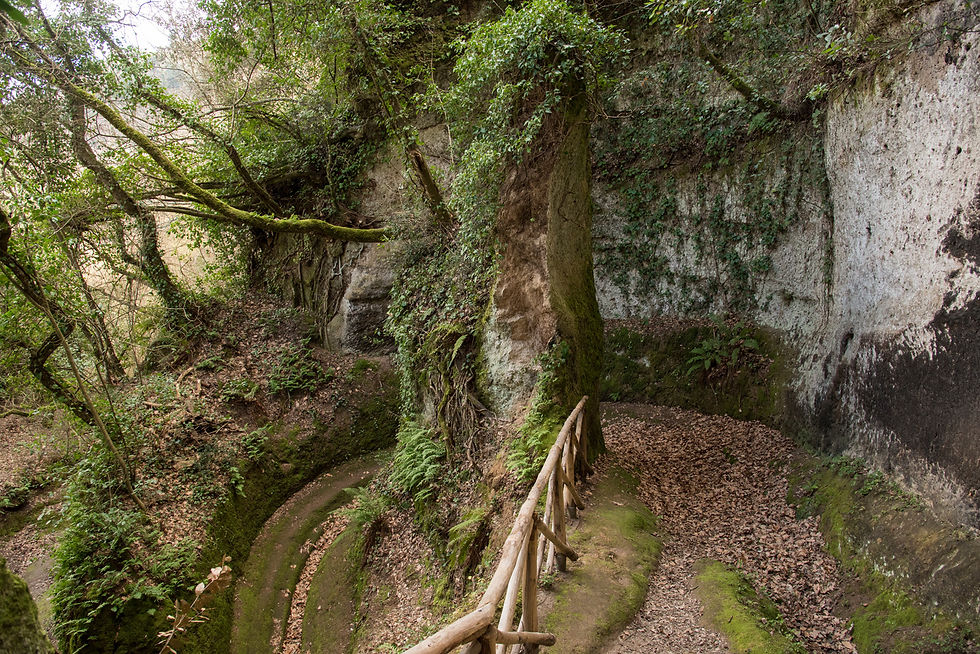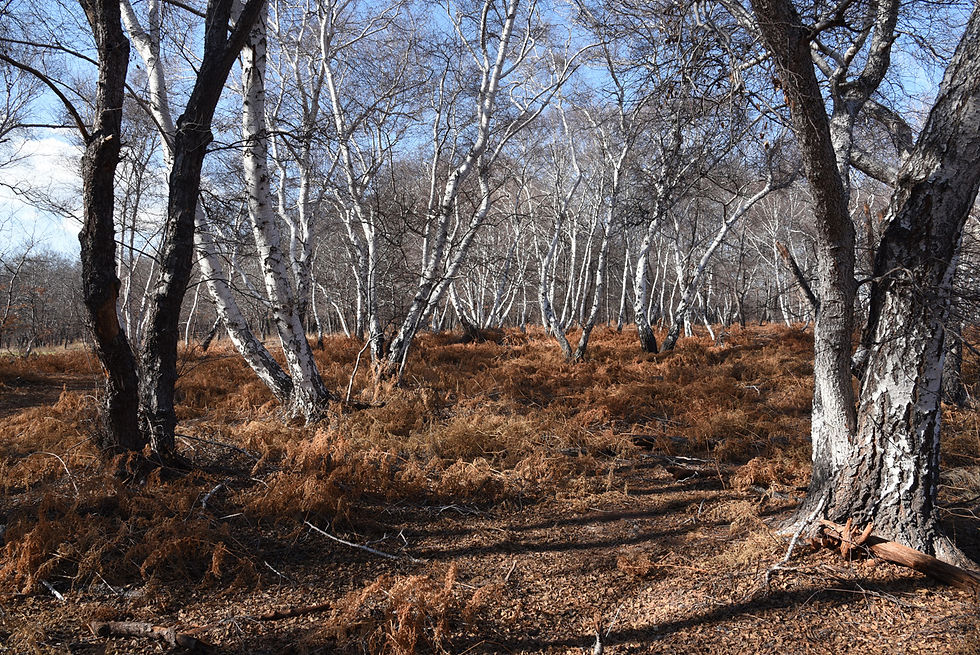PALM TREES
IN LIGURIA

The approximately 2,800 varieties of palm trees that make up the family of the Arecaceae first appeared over 70 million years ago and rapidly spread across all continents. Their preferred habitats are the tropical or subtropical environments, but easily adapt to cooler climates. In Italy the Chamaerops humilis, or dwarf palm, and the rustic Phoenix dactylifera are considered endemic species, spreading rapidly across the Italian seaside towns such as Bordighera, thanks to their innate ability to contrast strong winds and withstand salt and sand.

According to legend, Ampelio, the patron saint of Bordighera, was the first to import these precious dates. The craft of weaving palm leaves for religious festivals, along with rituals of fertility and rebirth, links the vast symbolism associated with palm trees and is no stranger to ancestral practices for their domestication aimed at ensuring the bearing of fruits. According to some philologists, the word palm derives from “Pan”. In Sanskrit, it means hand and can also be identified by the typical shape of its leaves. In Latin it became “Palm”, used for both the flat of the hand, and as a unit of measurement. Hence the expressions "palm of victory" or "in the palm of your hand", to indicate the honour paid to the victorious. For others, it originates from the Semitic root “Pal”, thus the toponym Palmyra, the legendary Syrian city and stopping place for caravan trade routes. Likewise it can be an echo of the Phoenician term used by the Ancient Greeks to refer to both the tree and the colour purple, but also to the phoenix bird, rising from its ashes. Lastly, it is associated to the Phoenicians, the people whom the Ancient Egyptians placed along the shores of the Persian Gulf. It is here that we find the oases where the palm trees and dates originated. Palm leaves welcomed the triumphal entrance of Jesus in Jerusalem, symbolizing triumph, justice and peace. In liturgical ceremonies, the palm leaves blend and are replace by olive branches, in a way similar to the customs and traditions of peasant farmers on opposite shores of the Mediterranean Sea, which also merged and hybridized. Alessandra Valentinelli
Palm trees in Liguria
 |  |  |
|---|---|---|
 |  |  |
 |  |  |
 |  |  |
 |  |  |








